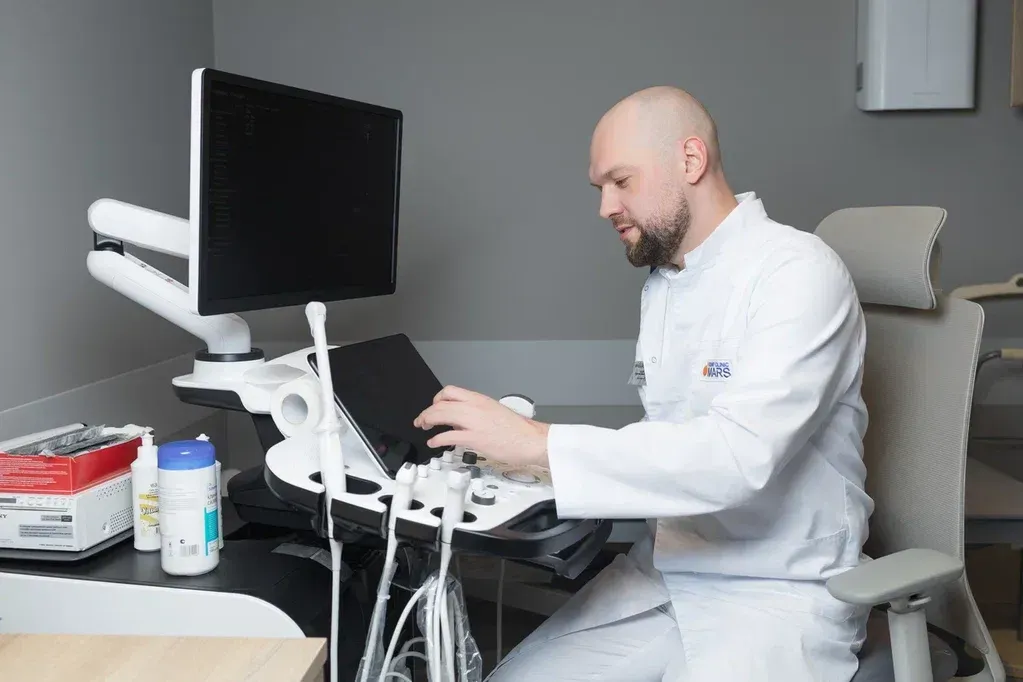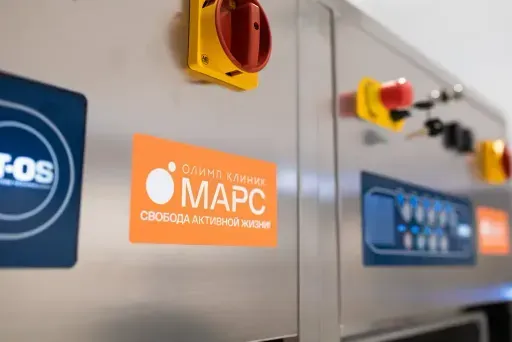Prostatic hyperplasia (prostate adenoma)
Prostatic hyperplasia (BPH), also known as prostate adenoma, is a benign enlargement of the prostate gland caused by natural aging processes.

Prostate adenoma develops in men with age and is accompanied by an enlargement of the prostate gland, which compresses the urethra, thereby narrowing the canal, which causes difficulty urinating. An enlarged prostate makes it difficult for urine to flow out, as a result of which the bladder is forced to work with a greater load, which leads to its hypersensitivity and changes in the walls. As a rule, men over the age of 50 are often diagnosed with a slight enlargement of the prostate gland, and in 30% of men over the age of 70, the symptoms become severe enough to require medical intervention. Prostatic hyperplasia is considered a natural aging process and is more common in men with a hereditary predisposition to the disease, as well as among meat eaters. Developing gradually, prostate adenoma often goes unnoticed until it leads to pronounced changes in urination that disrupt daily activity and nighttime sleep.
Causes
Age-related hormonal changes
Hereditary predisposition
Concomitant diseases such as obesity and diabetes
High intake of animal protein (red meat)
Symptoms
Obstructive symptoms:
Difficulty starting urination (requires tension to start the process)
Weak or intermittent urine stream, the need to repeatedly start the process
Irritating symptoms:
Frequent urination (due to hypersensitivity of the bladder and its incomplete emptying)
Nocturia (the need to get up at night to urinate)
Imperative urges (sharp, sudden urge to urinate that is difficult to control)
After-effects
Without treatment, prostatic hyperplasia can cause serious complications. The constant strain on the bladder caused by the inability to completely empty it can lead to the formation of stones in the bladder, urinary tract infections and damage to the walls of the bladder. Chronic urinary retention also increases the risk of developing kidney failure
Лечение

Conservative treatment
It includes drug therapy aimed at reducing symptoms and improving urine outflow. Your doctor may prescribe medications that relax the muscles of your prostate and bladder, making it easier to urinate. Medications that reduce the volume of the prostate by slowing the growth of prostate tissue may also be prescribed. Drug treatment can be effective in the early stages of BPH, but it is important to monitor the condition in order to switch to more active therapies if necessary.

Surgical treatment
If the prostate is significantly enlarged or there are complications such as bladder stones or chronic urinary retention, surgery may be required. One of the most common methods is transurethral resection of the prostate gland (TURP), in which part of the prostate tissue is removed, which eliminates compression of the urethra. In some cases, laser therapy is used, which makes it possible to remove excess prostate tissue less traumatically. The choice of surgery method depends on the stage of the disease, the size of the prostate and the general condition of the patient. After surgical treatment, the prognosis is favorable, and in most cases, patients experience significant symptom relief.
Schedule a visit to the clinic
How to reach
Moscow, 1st Yamskogo Polya Street, 15
Mon–Sun Around the clock
+7 495 255-50-03
How to get
From the Belorusskaya metro station of the Zamoskvoretskaya line - exit 4 After exiting the subway, walk through the pedestrian tunnel and climb the stairs. Move towards the railway tracks, go down the stairs immediately after them and walk along the house, then turn right onto 1st Yamskoye Pole Street. At the turn to 3rd Yamsky Pole Street, cross the road at the pedestrian crossing and continue along 1st Yamsky Field Street, after a few buildings on the left you will see Olympus Clinic MARS.
Travel time
9 minutes
Landmark
Olympus Clinic MARS sign
How to get
From the Belorusskaya metro station of the Ring line - exit 2. After exiting the subway, turn left and walk to the pedestrian crossing. Cross the road through two pedestrian crossings and move along the Tverskoy overpass. Go down the stairs immediately after the railway tracks, walk along the house, then turn right onto 1st Yamskoye Pole Street. At the turn to 3rd Yamsky Pole Street, cross the road at the pedestrian crossing and continue along 1st Yamsky Field Street, after a few buildings on the left you will see Olympus Clinic MARS
Travel time
11 minutes
Landmark
Olympus Clinic MARS sign


